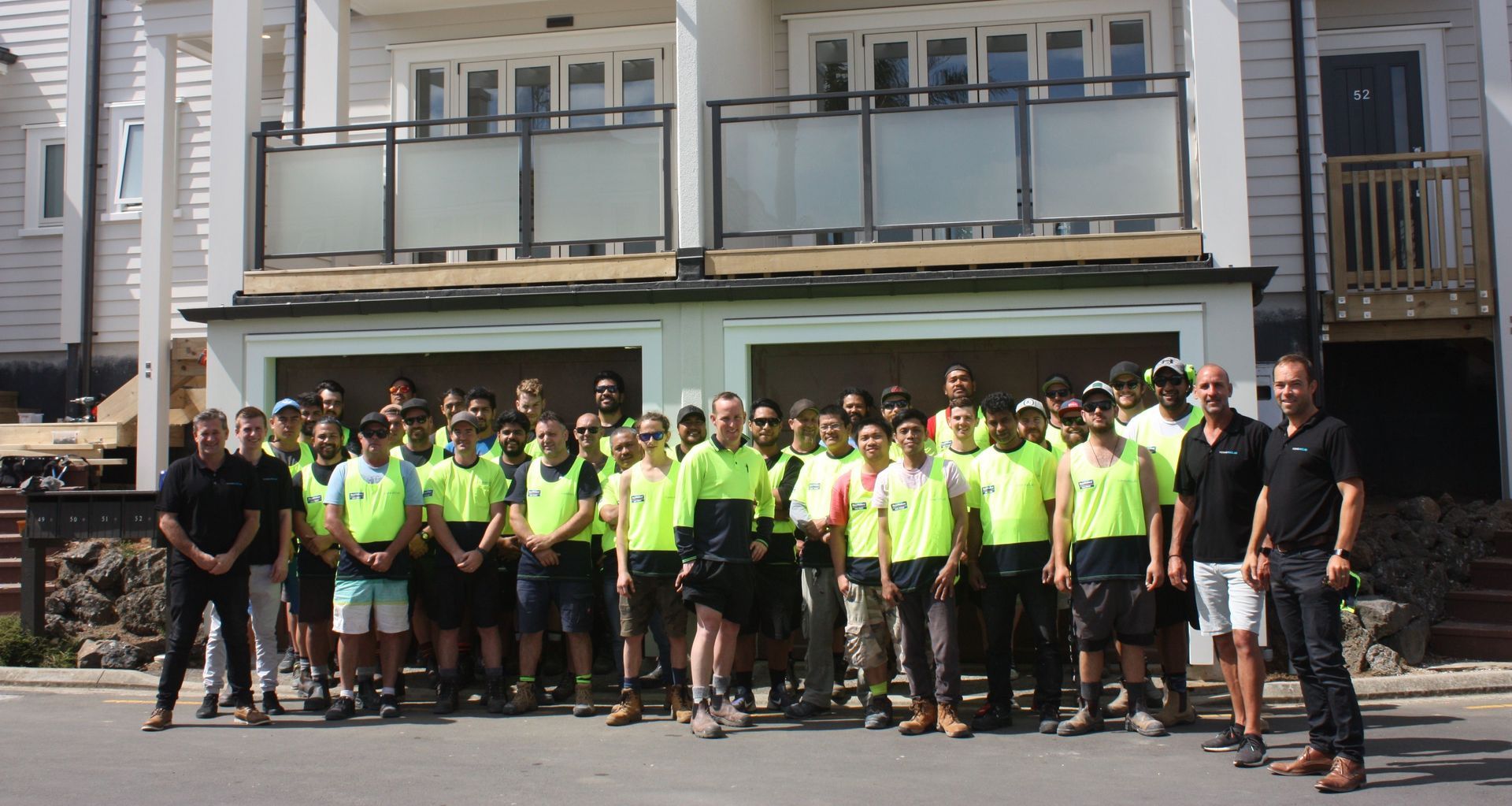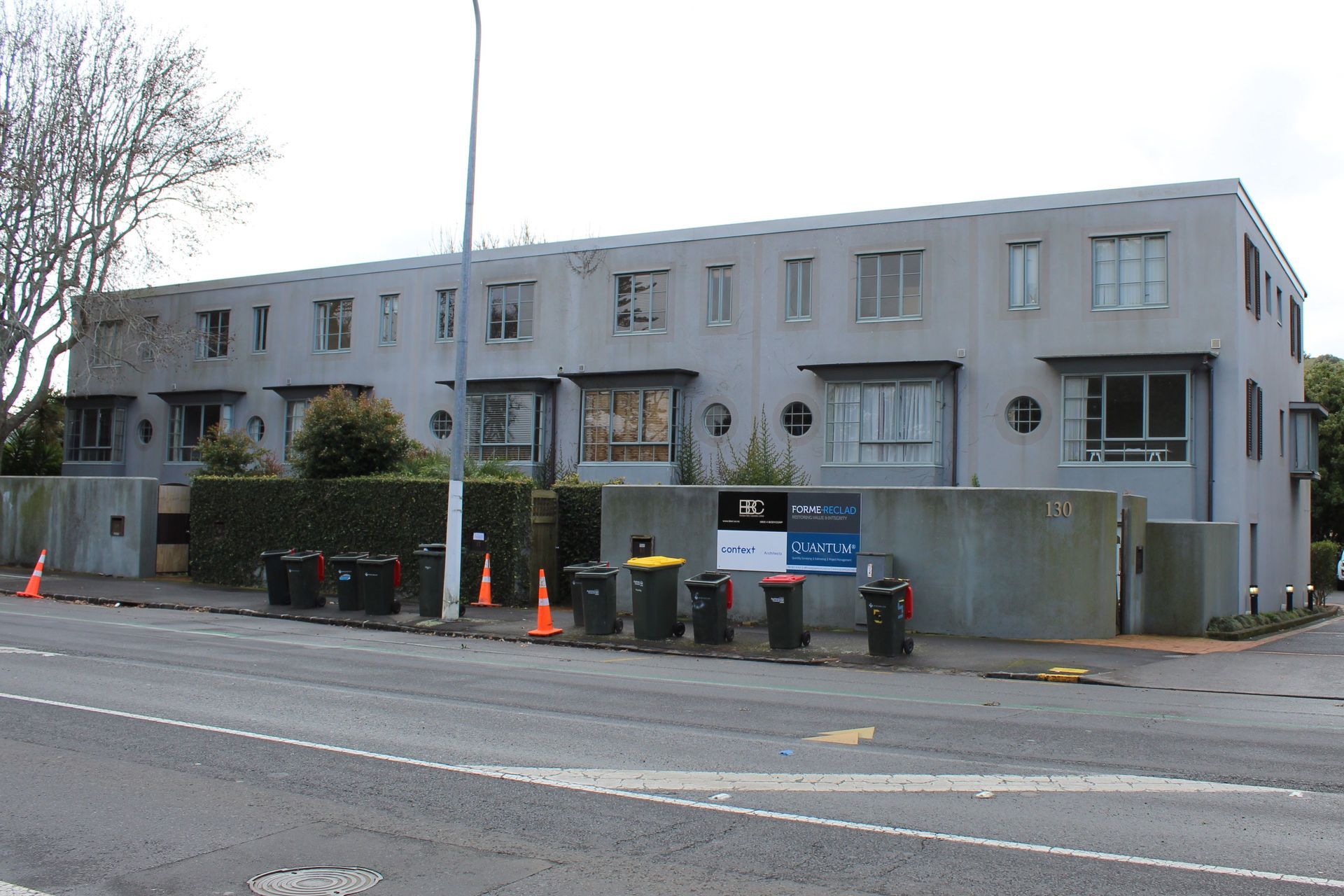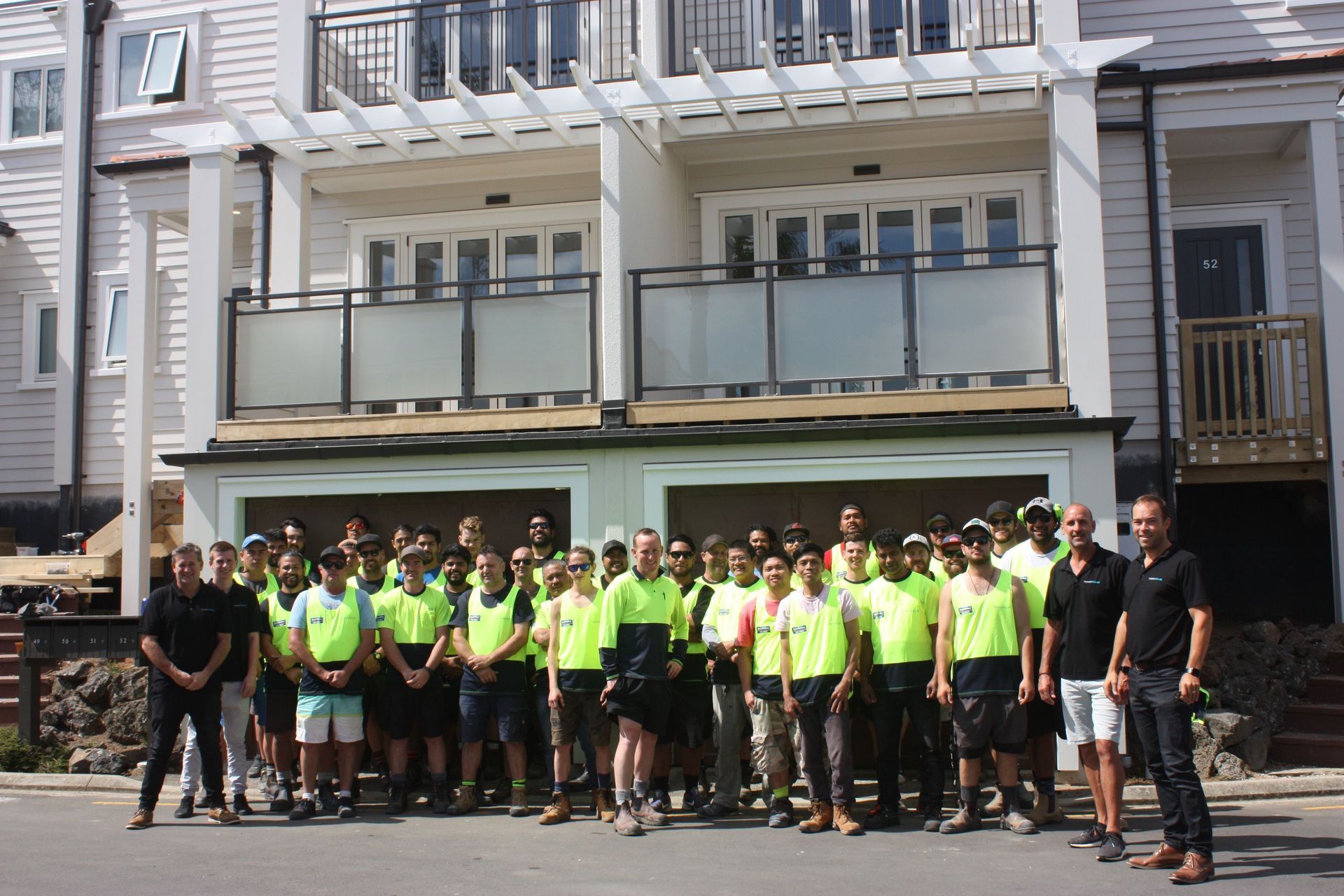Remediating leaking buildings
Written by
09 December 2020
•
6 min read


It has been estimated that the leaky building crisis has affected around 174,000 homes requiring a repair bill of, conservatively, $47 billion. It is, quite possibly, the biggest man-made disaster in New Zealand’s history.
Forme Reclad Managing Director Chris Davis is on the frontline of the remediation effort and says that in the decade-plus the company has been in business, they have carried out remediation works on more than 650 residences.
“The long-term ramifications of this crisis can’t be measured in the purely financial, we have all heard the stories of people committing suicide due to the stress of owning and living in a leaky home, as well as the stories of divorce and relationships breaking down.
“I have personally met many people in their homes and witnessed the tears and despair but I do know that once we hand the keys over and people move back into their remediated home, that they have just taken the first step towards getting their life back on track.
“It's tough but it also motivates you to help these people get through this and give them your best work.”

Case study: 130 Great South Road
Which is where the owners of Aintree Place in Auckland’s Greenlane find themselves.
“Aintree place is a huge residential complex in Remuera, consisting of 58 two- and three-storey homes. It was your typical leaky home complex, constructed using monolithic plaster over timber framing with a mix of concrete tile and flat membrane roofs. As a result, they had some major weathertightness issues.
“We have spent just over two years onsite completing the remediation programme and the complex is almost unrecognisable from its former self. Context Architects has done an amazing job and the finished product now is a complex of modern, attractive and very low-maintenance residences.”
Chris says part of Forme Reclad’s success in remediating leaky buildings is down to its offering a full, turn-key service.
“We meet with homeowners or body corporate representatives, ascertain their budget constraints, offer design advice based on their budget and engage an architect on their behalf. We would then work with the architect and consultants, such as the structural and fire engineers, to create a scope of works that will fully restore the value and integrity to their home or apartment complex and that will also meet their budget. We then apply for the new Code of Compliance.”

Leaky homes: the result of a perfect storm
As is the case with many a man-made crisis, the first response from officialdom was to distance themselves from any blame and to point the finger but the reality remains that this crisis was the result of a cascade of multiple failures on the part of government and the building industry.
“Lots went wrong,” says Chris. “Broadly stroked; homes were designed using products and systems that only worked together if there was consideration of potential water ingress—such as: parapet walls with no cap flashings; windows and doors within monolithic cladding without a flashing system; deck handrail systems screwed directly through membranes and parapets et cetera, the list goes on—and this was largely overlooked.
“But there was also poor workmanship and substandard inspection processes that were based on council-stamped building consent plans that were always going to leak, it's just that no one knew it.”
We meet so many people who have spent tens of thousands of dollars trying to stop the leaks only to find themselves fully recladding their home once all of their attempts to stop the leaks have failed.
Lessons learned: updating the Building Code
After the full extent of the crisis was realised, government and the building industry did act, and the New Zealand Building Code was updated—particularly as pertains to moisture control—to ensure that we don’t see a repeat of the failures that brought about the crisis.
“The efforts of the industry and government, post-crisis, have addressed those issues, however, there are still inequities that need to be addressed. For example, a set of reclad drawings for a single ‘meat-and-three-veg’ home is a lot bigger than a set of plans to build that new home from scratch. There is almost a two-class society with the building consent requirements for a reclad over a new home or renovation.
“The requirements for specific details in a reclad set of drawings is much higher than that of a new build set of plans. It's hard to believe, but it's real and the result is that leaking homes and buildings are still being built now. And it's not just the semi-skilled workers throwing up homes within subdivisions, it's also the big boys who construct apartment buildings.
Ultimately, says Chris, is that what this shows is that government and council didn’t go far enough with the amendments to the Building Code.
“Neither, in my opinion, have they done enough in allowing people the opportunity to seek recompense because the 10-year limitation on claims was too short a timeframe, especially considering that the building consent application states that the homes have been designed to meet a 50-year durability. Council accepted this and stamped the drawings as a tertiary authority and carried out the inspections. But the homes often leaked from day one.
“However, that said, I doubt the council, or the government, has a never ending fund to help or compensate the public and what they have done has been a very big help to a lot of struggling homeowners. It's just a shame it can't be a help to everyone with a leaky home.”

Moving on: putting things to rights
It’s been 30 years since the crisis manifested itself and coverage has been extensive, so it would be surprising if there were any homeowners in New Zealand—and particularly Auckland—not aware of what transpired.
“I think there is sufficient information around now for homeowners to make informed decisions around buying/selling/remediating leaky homes. It is a sad truth that the term ‘future likely damage’ is part of the lexicon but really, the onus is on homeowners these days to either put right, or be aware of, any shortcomings.
“For anyone looking to buy, know the cost of the reclad the home will require and make sure you are paying at least that cost less than the home would be worth should it be reclad.
“For homeowners, I would advise them to avoid or stop spending money on stop-gap measures and get the home fully reclad. We meet so many people who have spent tens of thousands of dollars trying to stop the leaks only to find themselves fully recladding their home once all of their attempts to stop the leaks have failed.”
Learn more about the remediation process.